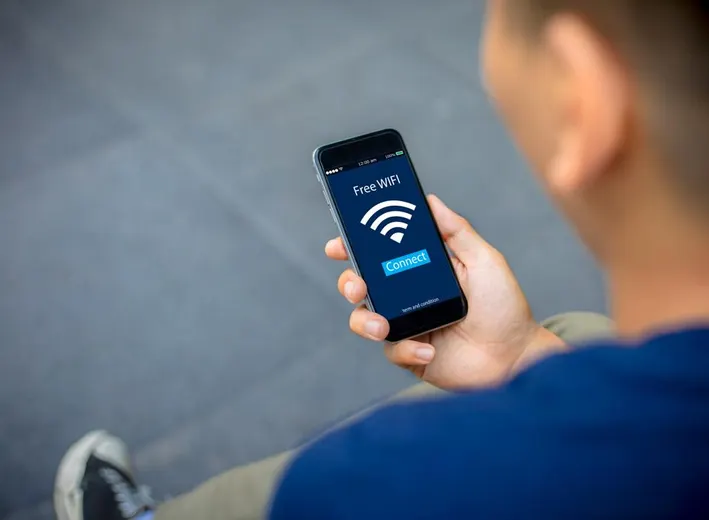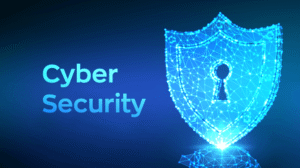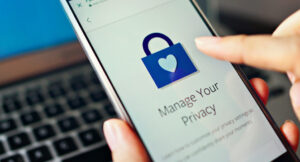Nowadays, public Wi-Fi makes it easy to connect to the internet in places like airports, hotels, cafes, and even on public transportation. While these networks are convenient and useful, they also come with some problems. Cybercriminals prefer public Wi-Fi because it’s unsecured, making it easy to steal personal information. Using an unsecured network can compromise sensitive information like bank account details, login credentials, and browsing history. If you’re concerned about your online privacy and security, you should learn how to use public Wi-Fi safely.
The Dangers of Wi-Fi in Public Places:
When you’re connected to a public Wi-Fi network, others can potentially see your activity. Hackers often exploit this by spoofing mobile hotspots or stealing data sent over unsecured networks. This compromises your passwords, credit card numbers, and private messages. Sometimes attackers even use the network to install malware on your device. People don’t always realize how dangerous public Wi-Fi networks can be, but the consequences can be devastating if you’re not careful.
Why Encrypting Public Wi-Fi Networks Is So Important:
One of the key factors that distinguishes a secure network from a malicious one is encryption. A secure Wi-Fi network obscures the messages between your device and the router, making it difficult for people who shouldn’t have access to the network to access it. Unfortunately, many public Wi-Fi networks don’t use encryption, making your data visible to anyone who wants to. Therefore, it’s always safer to connect to a Wi-Fi network that has a lock next to its name and requires a password. However, keep in mind that using the same password in public places still carries risks. Understanding the role of encryption can help you make better choices when connecting to a network.
How to Stay Safe with a VPN:
One of the best ways to stay safe on public Wi-Fi networks is to use a virtual private network (VPN). A VPN creates a secure, encrypted tunnel between your device and the network. This prevents hackers from stealing your data. A VPN keeps your data safe, even when using an unsecured network. VPN software is easy to find and use. Some people might think VPNs are only for professionals, but they’re easy to use and can protect you while surfing the internet.
Understanding Fake Wi-Fi Hotspots:
Some hackers create fake Wi-Fi networks with names that resemble real networks. “Cafe_Free_WiFi” and “Cafe_WiFi” are two examples. If you choose the wrong one, you could connect directly to the hacker’s network, allowing them to see everything you do. A man-in-the-middle attack occurs when someone connects to your device while the connection is active. This is one of the most dangerous things you can do on a public Wi-Fi network. Before connecting, always ask staff or check the icon to make sure the network name matches the official name. Always be careful when connecting to unknown networks.
How to Keep Your Device Settings Secure:
Another important security measure on public Wi-Fi networks is managing your device settings. Many devices automatically connect to available networks. This can put you at risk without your knowledge. By disabling auto-connect, you can choose the network you want to connect to. This also reduces the chance of unauthorized access to your device and lowers the security risks when connecting to a public network.
Updating Your Software for Safety:
One of the best ways to protect your device from online threats, especially when using public Wi-Fi networks, is to keep your software up to date. Hackers often exploit vulnerabilities in outdated systems, applications, or browsers to steal your data. By keeping your operating system and programs up to date, you have the latest security updates. This makes it harder for hackers to exploit known vulnerabilities. Keeping your devices up to date is a simple and effective way to stay secure, especially if you regularly use public networks.
Awareness in Daily Life:
One of the best ways to stay safe online is to be vigilant. Many people don’t realize the dangers of public Wi-Fi and can unknowingly put themselves at risk. Understanding the dangers of public Wi-Fi and how to avoid them will likely make you more cautious and smarter. Sharing this information with your friends, family, and colleagues will also keep everyone safer. Cybercriminals will have a harder time exploiting people who don’t understand the risks.
Conclusion:
Finding and using public Wi-Fi is easy, but it can also be risky, so be careful. Accidentally connecting to an open network can compromise your data, access fake hotspots, and spread viruses. By using technologies like VPNs, avoiding large transactions, keeping your devices updated, and browsing cautiously, you can significantly reduce your risk. Staying safe on public Wi-Fi isn’t difficult; you just need to be careful and make smart choices. If you take the right steps, you can use public networks without compromising your security.
FAQs:
1. What are the dangers of public Wi-Fi?
Public Wi-Fi isn’t always encrypted, making it unsafe. This makes it easy for hackers to steal your data or set up fake networks.
2. Is it safe to use public Wi-Fi for online banking?
This isn’t a beneficial idea. Only perform important tasks like banking on secure, private networks to protect your data from hackers.
3. How can I safely connect to Wi-Fi in public places?
Using a VPN, avoiding risky activities, checking network availability, and keeping your devices secure and up-to-date are all effective ways to stay safe.
4. What does “fake hotspot” mean?
Hackers set up fake Wi-Fi networks that look legitimate to trick people into connecting. This allows them to steal information.
5. Should I set my Wi-Fi to connect automatically?
No, the automatic connection feature can connect your smartphone to malicious networks without your knowledge. It’s best to manually connect to networks you know are safe.




